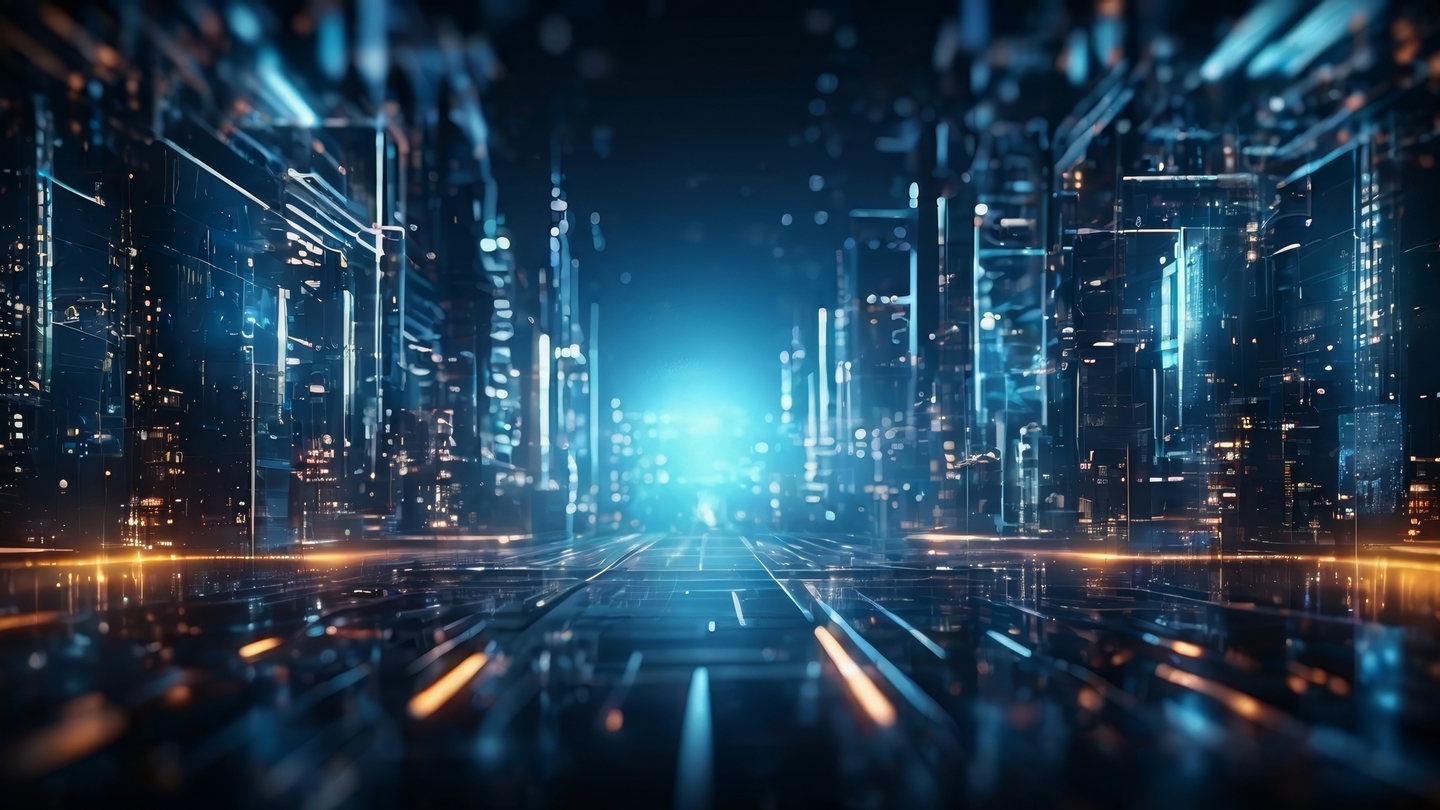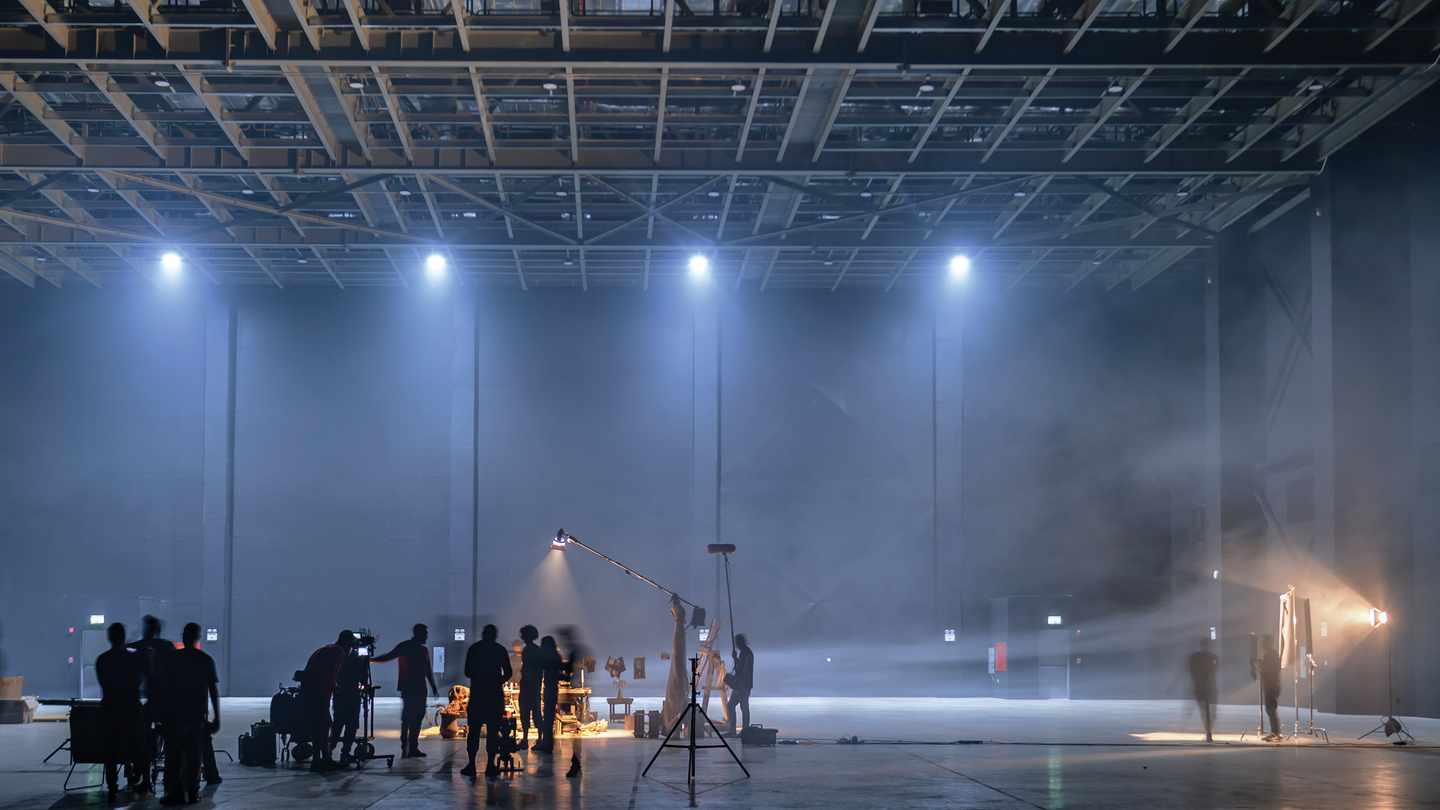Artist Brendan Dawes talks to IBC365 about his new documentary Eno and the invention of a generative ‘Brain’ that produces a unique version every time it’s watched.
Eno, the new documentary about fabled musician Brian Eno, is suitably avant-garde because no audience will see the same version of the film twice – thanks to AI. It is unlikely to be the last feature film to be presented in this fashion with major streaming platforms and directors keen on using the patented underlying software, according to its co-creator the British artist Brendan Dawes.
“We’ve had discussions with big film studios and big-name directors as well as documentary makers to imagine doing things in a different way,” he says. “An advertising company was also interested in making thousands of versions of a normal commercial.”...
You are not signed in.
Only registered users can view this article.
 (1).jpg)
Broadcasting in 2024: Spotlight falls on production and platforms
Over the past decade, media companies had a strong focus on the way programmes were viewed – we’ve seen HD, 3D, 4k, 8k, HDR, VR, and AR presented as the next big thing. In 2024, things shifted. John-Maxwell Hobbs digs into production and delivery practices, cloud, AI and sustainability trends of the past 12 months.
.jpg)
Highlight of the year: Olympic Gold for 5G as adoption gathers pace
The Paris 2024 Olympics marked a significant milestone in the effectiveness of 5G technologies for live broadcast, with Neutral Wireless and the BBC leading the charge.

Content Everywhere: a look back at 2024
As the year draws to a close, it seems an opportune time to ask Content Everywhere companies for their views on the top trends in 2024. As always, key industry players have been keen to respond with comments and views on how the past year shaped up both for them and the wider industry.

AI and the evolution of MAM: Part three – future outlook
In the final part of our investigation into MAM’s current and future relationship with AI, James McKeown analyses where the technology is likely to take asset management capabilities next, and the other factors driving the evolution of the space.

RSIFF: Kingdom underlines ambitions to become filmmaking powerhouse
Saudi Arabia's cinema market is experiencing a cultural renaissance, driven by increasing local productions and a growing appetite for diverse storytelling, reports Adrian Pennington from the Red Sea International Film Festival.

